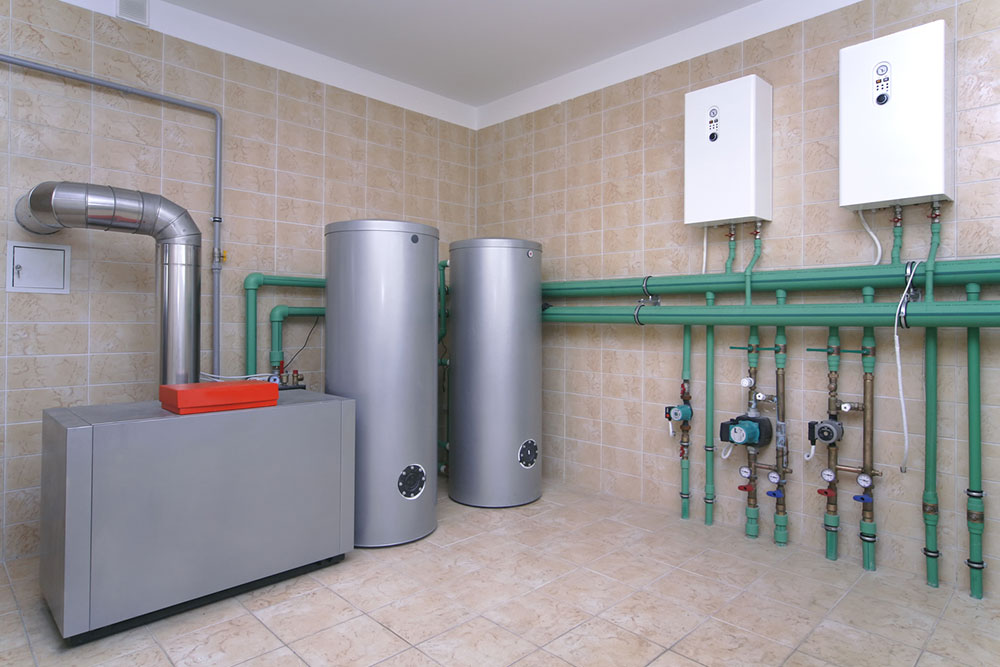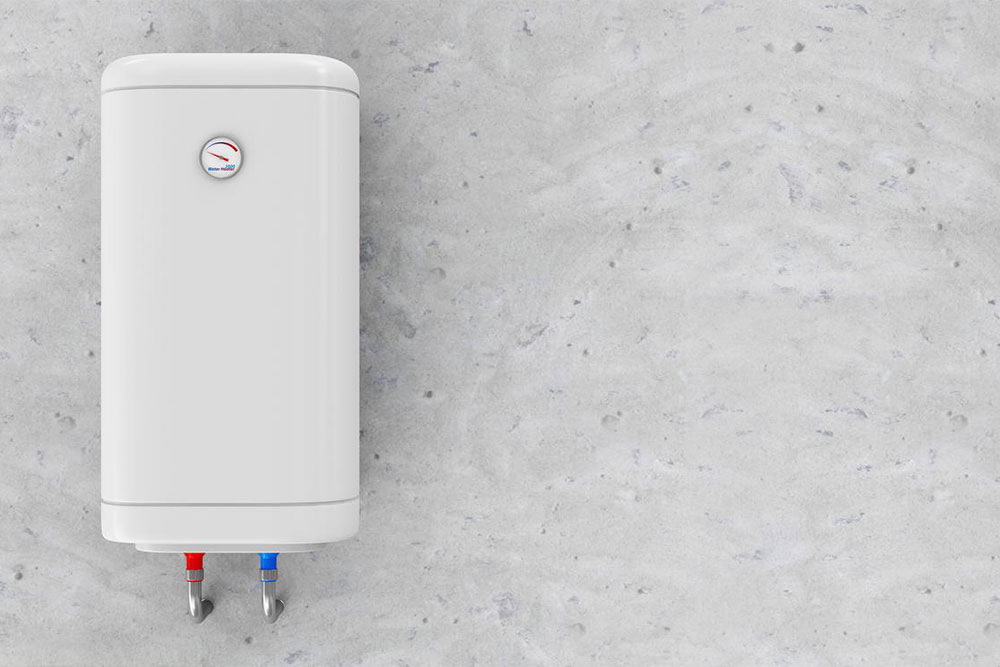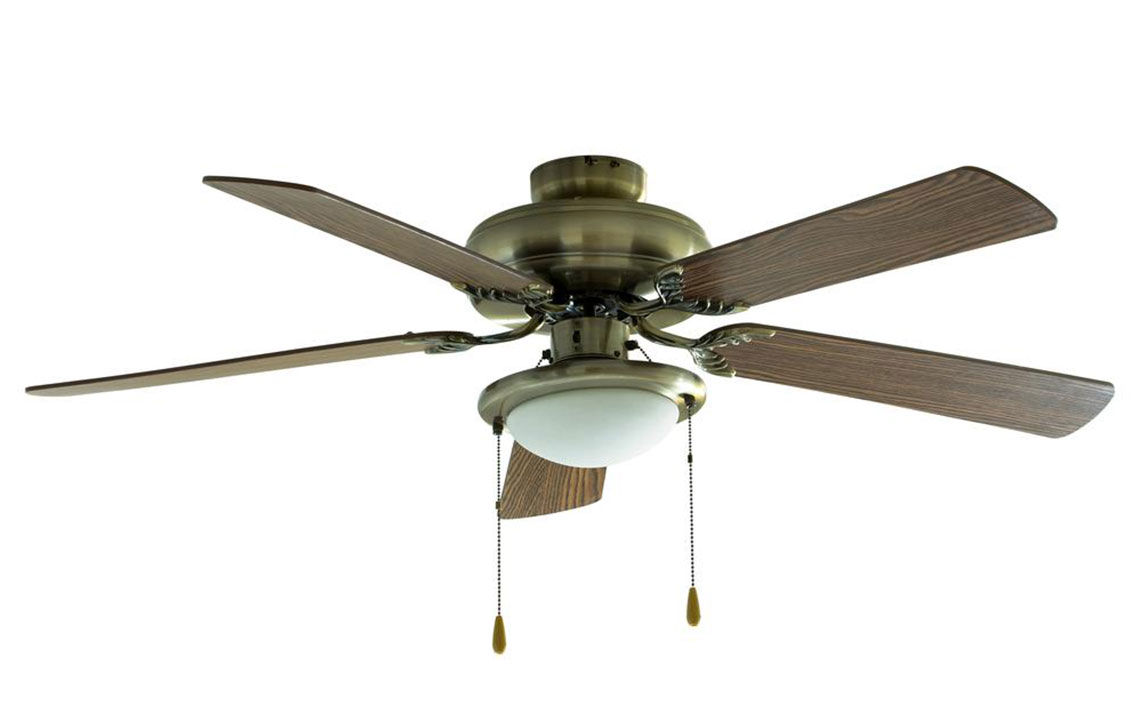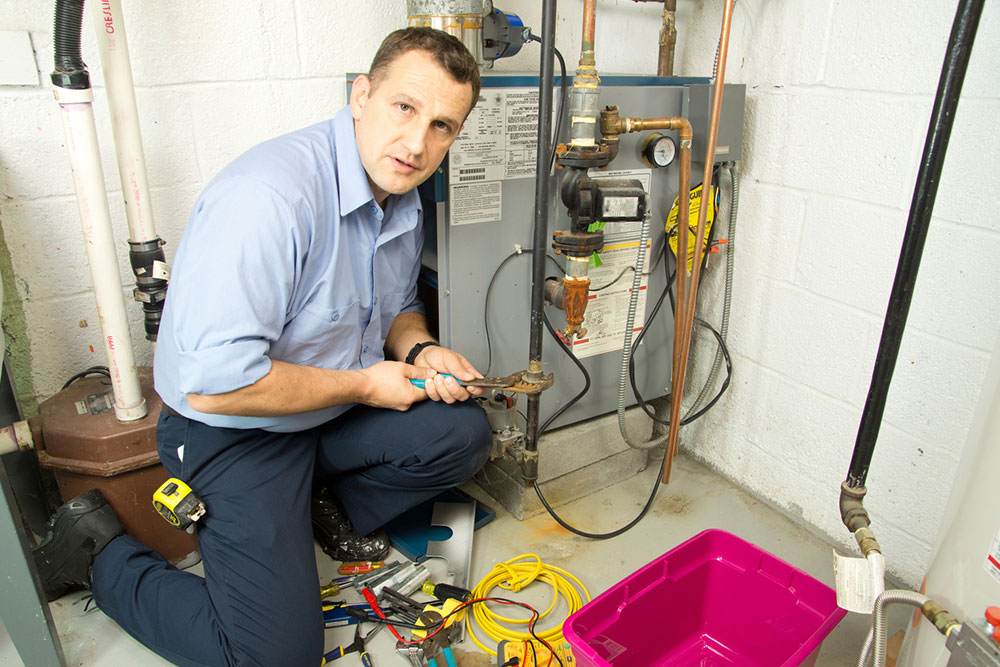Comprehensive Guide to Induction Melting Equipment
This article provides an in-depth overview of induction melting equipment, highlighting types, advantages, and industry applications. It discusses coreless and channel induction furnaces, emphasizing their efficiency and environmental benefits, making it invaluable for foundries seeking advanced metal melting solutions.
Sponsored
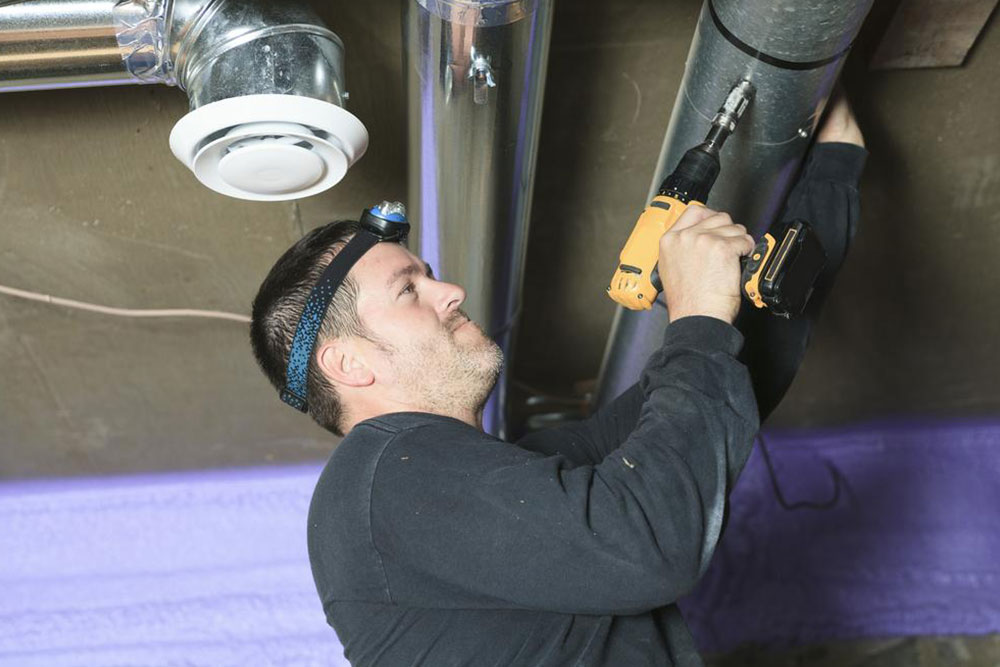
Induction melting equipment is an electric heating system that uses electromagnetic induction to generate heat, enabling efficient metal melting and alloying. These systems are suitable for processing various metals including steel, iron, copper, aluminum, and precious metals, with minimal material loss. Available in capacities from less than a kilogram to 100 tons, induction melting units are favored for their cleanliness, precise control, and energy efficiency. Many modern foundries are switching from traditional methods to induction systems to reduce pollution and improve efficiency.
The main limitation of induction melting systems is their limited refining ability and potential alloy element loss due to oxidation. There are two primary types of induction melting units:
Coreless induction furnaces: Featuring a copper coil wound into a helix, coreless furnaces have become the preferred choice over crucible types, especially for melting high-melting alloys. They are commonly employed for iron, steel, and various non-ferrous metal melts.
Channel induction furnaces: Consisting of a refractory-lined steel shell, these units are adept at melting low-melting alloys and can serve as superheaters for high-melting materials like cast iron. They also act as reservoirs for metals melted elsewhere, helping reduce overall costs by avoiding peak power charges.
The benefits of using induction furnaces include:
Consistent process results
Enhanced productivity
Superior product quality
Longer equipment lifespan
Eco-friendly operations
Lower energy consumption

